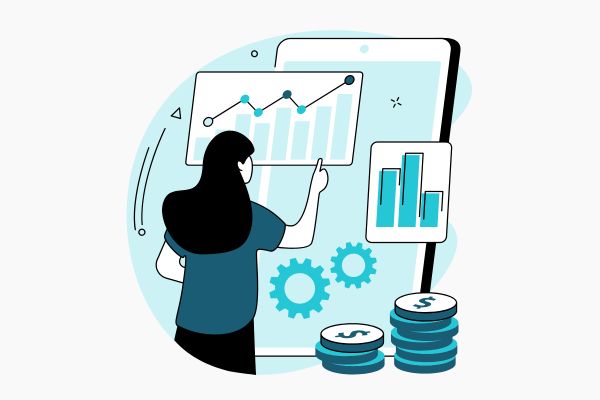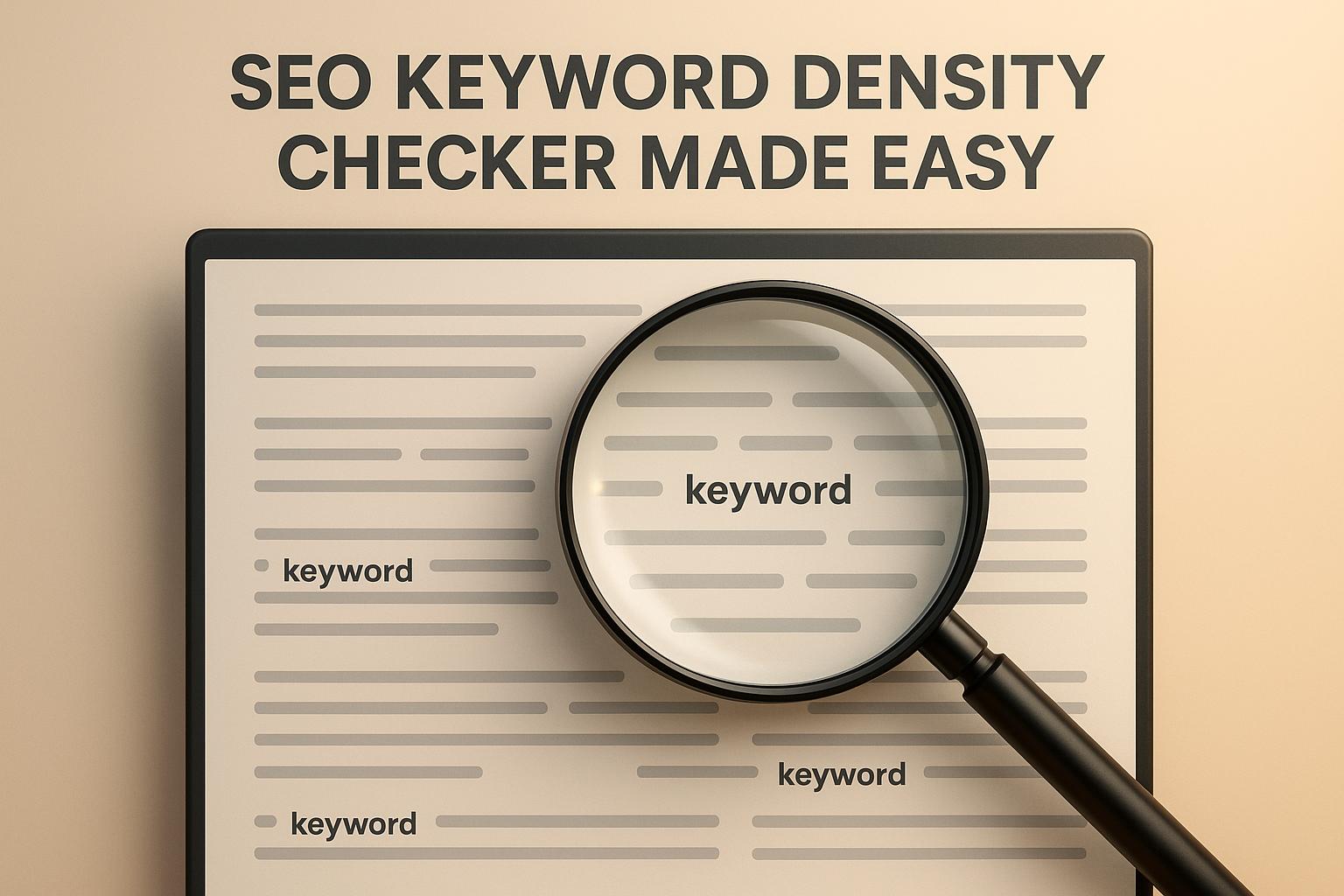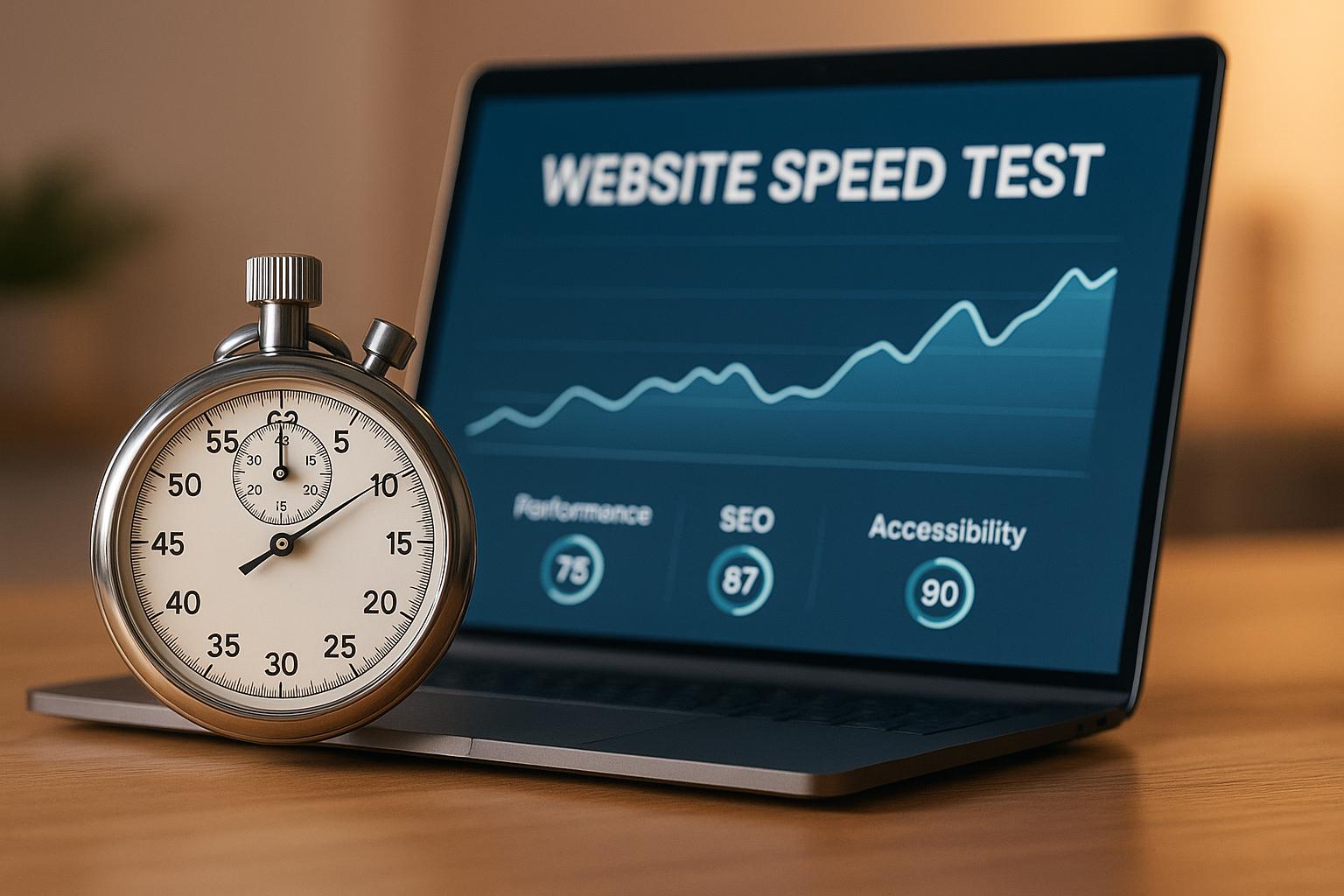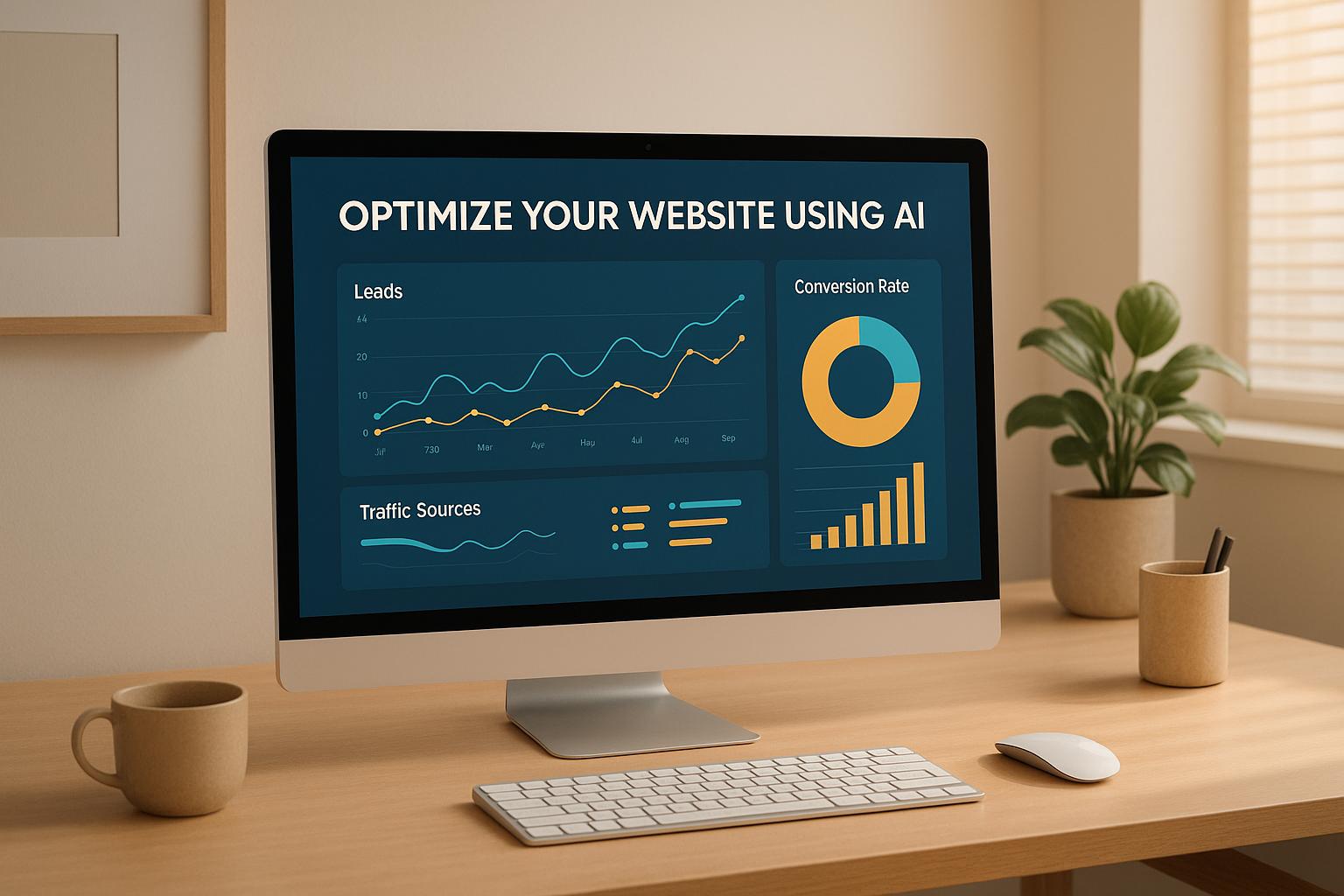Introduction
Understanding conversion rate optimization statistics is essential for marketers and business owners looking to improve their website’s performance. Whether you’re struggling with low conversion rates, high bounce rates, or ineffective landing pages, leveraging data-driven insights can help you make informed decisions that drive real results.
This guide covers the most important conversion rate optimization statistics, key trends, and benchmarks to help you refine your CRO strategies and maximize your marketing ROI.

Why Conversion Rate Optimization Statistics Matter
Conversion rate optimization (CRO) isn’t just about tweaking a few buttons or changing colors; it’s about making data-driven decisions that improve user experience and increase conversions. Here’s why CRO statistics are crucial:
- Identify Performance Gaps – Understand where your website is underperforming.
- Measure Success – Track improvements and see what’s working.
- Benchmark Against Industry Standards – Compare your conversion rates to competitors.
- Optimize Marketing Spend – Allocate resources more effectively.
- Improve User Experience – Address usability issues based on real user behavior.
Key Conversion Rate Optimization Statistics
Here are some of the most important conversion rate optimization statistics that every marketer should know:
1. Average Website Conversion Rate
- The average website conversion rate across industries is 2.35%.
- The top 25% of websites have conversion rates of 5.31% or higher.
- The top 10% of businesses achieve conversion rates of 11% or more.
Key Takeaway: If your conversion rate is below 2%, you may need to invest in better CRO strategies like A/B testing and UX improvements.
2. Mobile vs. Desktop Conversion Rates
- Desktop conversions typically range from 3% to 5%.
- Mobile conversions are lower, averaging around 1.82%.
- 57% of users say they won’t recommend a business with a poorly designed mobile site.
Key Takeaway: If your mobile conversion rate is lagging, focus on mobile-friendly design, faster load times, and simplified navigation.
3. The Impact of Page Load Speed
- A 1-second delay in page load time can reduce conversions by 7%.
- Websites that load in under 2 seconds have higher engagement rates.
- 40% of visitors will abandon a page that takes more than 3 seconds to load.
Key Takeaway: Improve page speed by compressing images, using caching, and minimizing unnecessary scripts.
4. A/B Testing Effectiveness
- Companies using A/B testing improve their conversion rates by an average of 49%.
- Only 17% of marketers use A/B testing regularly, even though it’s proven to be effective.
- The most tested elements are CTAs, headlines, and landing page layouts.
Key Takeaway: Running A/B tests on your site with tools like PageTest.ai can significantly boost conversions.

5. The Power of Personalization
- Personalized CTAs convert 202% better than generic ones.
- 80% of consumers are more likely to buy from a brand that offers personalized experiences.
- Websites with dynamic content see an increase in engagement by 20%.
Key Takeaway: Implement personalized product recommendations, email campaigns, and landing page content to increase engagement and conversions.
6. The Role of Social Proof
- 92% of consumers trust peer recommendations over advertisements.
- Websites that display customer reviews and testimonials see a 270% increase in conversion rates.
- Adding trust badges (e.g., SSL security, money-back guarantees) boosts conversions by 30%.
Key Takeaway: Leverage reviews, testimonials, and security seals to build trust and credibility.
7. The Importance of Exit-Intent Popups
- Exit-intent popups can recover 10-15% of abandoning visitors.
- The average conversion rate for exit-intent popups is around 3% to 5%.
- Offering a discount or lead magnet (e.g., free guide, exclusive deal) can increase popup conversions by 20-30%.
Key Takeaway: Use exit-intent popups strategically to capture leads and reduce abandonment.
Trends in Conversion Rate Optimization
The world of CRO is constantly evolving. Here are some emerging trends backed by conversion rate optimization statistics:
- AI and Machine Learning in CRO – More businesses are using AI-powered tools like PageTest.ai to automate testing and analyze user behavior.
- Video Content for Conversions – Landing pages with video content increase conversions by 86%.
- Voice Search Optimization – With over 50% of searches being voice-based, optimizing for natural language queries can improve engagement.
- Interactive Content – Quizzes, polls, and interactive calculators see higher engagement and conversion rates.
- Chatbots for Lead Generation – AI chatbots help businesses capture leads 24/7, increasing conversions by 10-15%.
How to Use CRO Statistics to Improve Your Strategy
Now that you know the key conversion rate optimization statistics, here’s how you can use them to make better decisions:
- Benchmark Your Performance – Compare your current conversion rates with industry standards.
- Prioritize High-Impact Fixes – Focus on improving page speed, mobile optimization, and CTAs first.
- Leverage A/B Testing – Test different headlines, CTAs, and layouts to find the best-performing versions.
- Use Personalization – Tailor your messaging and offers to different audience segments.
- Implement Social Proof – Add reviews, case studies, and testimonials to build trust.
- Optimize for Mobile – Ensure your mobile experience is smooth, fast, and easy to navigate.
- Track and Analyze – Use Google Analytics, heatmaps, and session recordings to monitor performance and iterate accordingly.
Final Thoughts: The Power of CRO Statistics
Understanding conversion rate optimization statistics is crucial for making data-driven decisions that improve website performance. By keeping an eye on industry benchmarks, trends, and proven strategies, businesses can increase engagement, improve user experience, and drive more sales.
Let’s Recap the Key Points to Remember:
- The average conversion rate is 2.35%, but top performers achieve 5% or higher.
- Page speed, mobile optimization, and social proof directly impact conversion rates.
- A/B testing, personalization, and interactive content are key drivers of higher conversions.
- Businesses using AI and automation for CRO see better results with less manual effort.
Ready to take action? Start applying these insights today and watch your conversion rates soar!
FAQs: Conversion Rate Optimization Statistics
What is a good website conversion rate in 2025?
A good website conversion rate is around 2.35% on average, but the top 25% of sites hit over 5%, and the top 10% reach 11% or more. If you’re above 5%, you’re doing great. Below 2%? Time to fine-tune.
Why is mobile conversion rate typically lower than desktop?
Mobile users face smaller screens, slower load times, and clunky navigation, which often leads to lower conversions—about 1.8% compared to 3–5% on desktop. A responsive, speedy mobile site can help bridge that gap.
How much can slow page speed hurt my conversion rate?
A delay of just 1 second can reduce conversions by 7%, and 40% of users abandon sites that take over 3 seconds to load. Speed is more than a tech issue—it’s a sales killer.
How effective is A/B testing for improving conversions?
A/B testing can boost conversion rates by nearly 49%, but only 17% of marketers use it consistently. Testing elements like CTAs, headlines, and layout can reveal game-changing insights.
Does personalization actually impact conversion rates?
Yes! Personalized CTAs convert over 200% better than generic ones, and tailored experiences increase customer satisfaction and likelihood to buy. Dynamic content isn’t just a buzzword—it delivers results.
Can social proof really increase conversions?
Absolutely. Sites that showcase reviews, testimonials, and trust badges see up to a 270% increase in conversion rates. People trust people more than brands—show them someone else has gone first.




 15-02-2025
15-02-2025 



